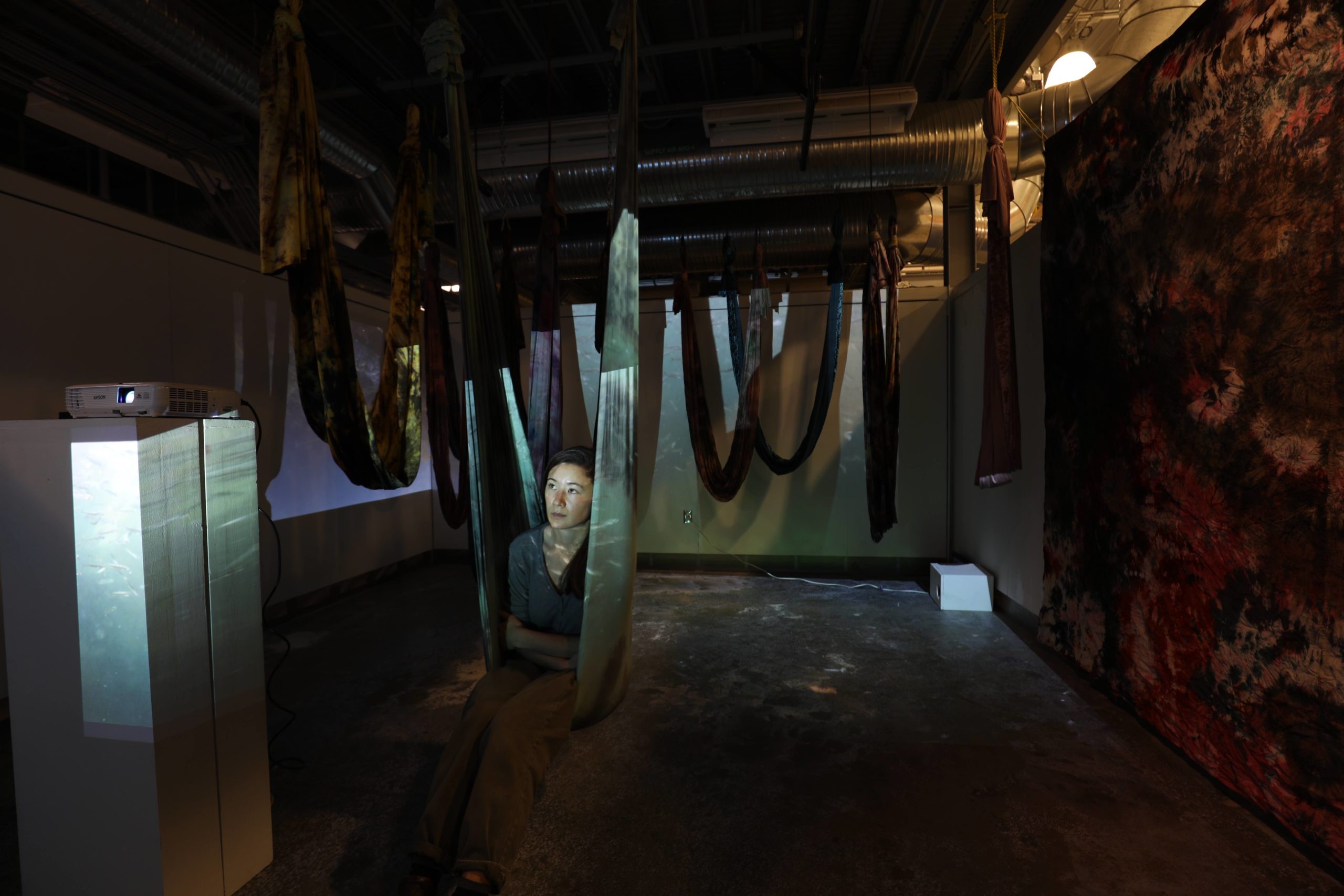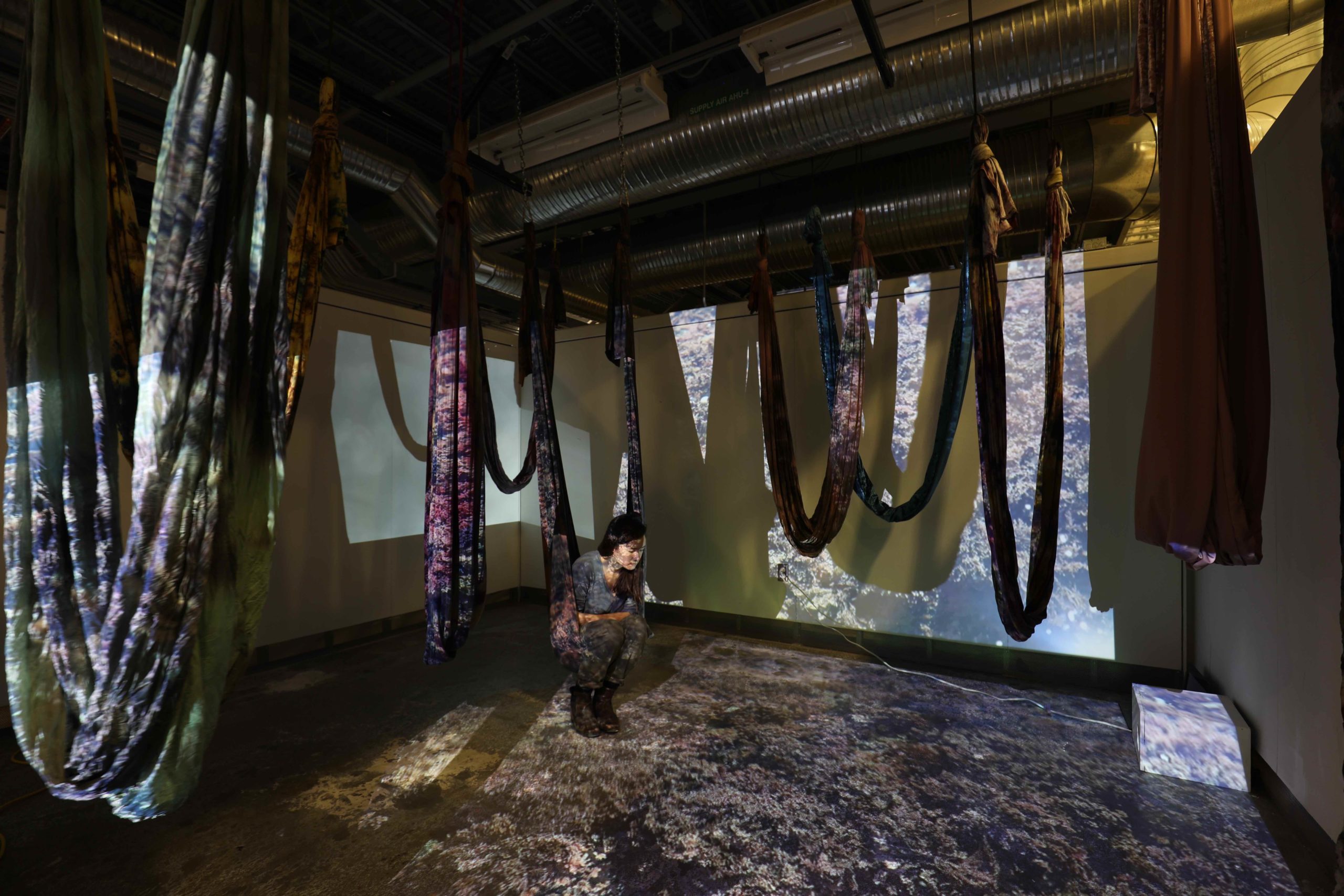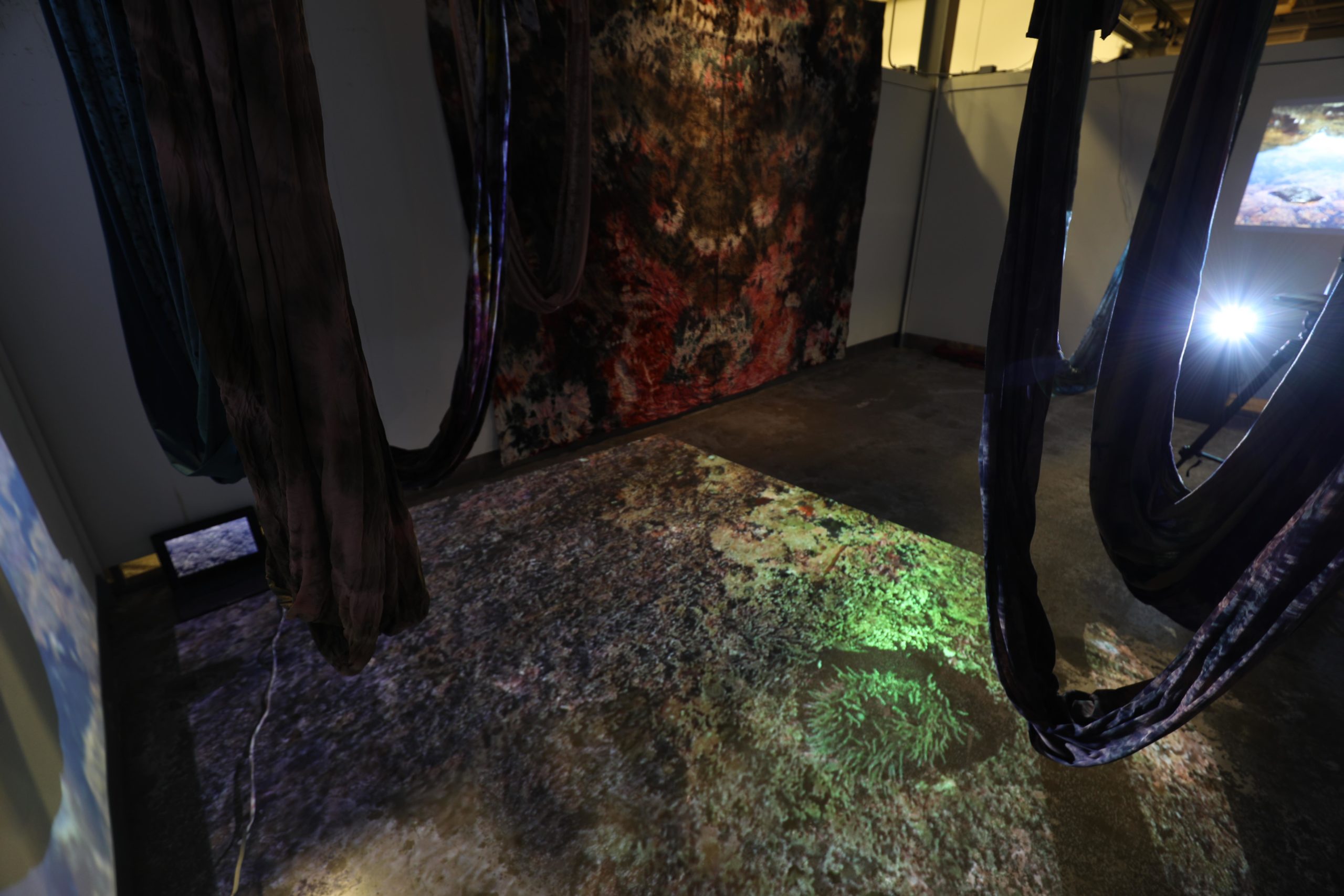


Tide Pools
Ellie “Tessa” Schmidt, Penny W. Stamps School of Art & Design
Collaborator: Jonathan Letts, School of Music, Theatre & Dance
My art practice and research at Stamps have focused on the interfaces between coastal communities and ocean life. In the context of failing fisheries around the world and the changes in ocean chemistry caused by climate change, I believe it is important to use art and film to lasso a viewer to consider her relation to the natural world. Over the last two years, drawing from my research in marine biology, ethnographies of fishing and coastal cultures, and the storytelling methodologies of nonfiction film, I have been working towards my first feature-length film, an experimental film about the super-diverse tide pools on the outer coast of Southeast Alaska. The project uses the tide pools of Alaska as a “case study” in which we— both the audience and I—can take time to consider ethical questions about the relationship between humans and the natural world. By eliminating didactic elements from my work, and prioritizing the intuitive, non-rational languages of experimental film, I hope to create an indeterminable space of open interpretation and meditation. The film will be the central element to my Thesis exhibition in the Spring, as a culmination of my research for my MFA.
Last summer, as a fulfillment of my Summer Research requirement, I spent two months in Sitka, Alaska, researching Indigenous ideas of place and shooting my thesis film. Using my small sailboat to travel, I centered my video work on the extremely biodiverse tidepools that exist on the outer coasts of small islands around Sitka. My goal was to make a feature length experimental film that asks the viewer to deeply consider the colorful coralline, waving seaweed, scuttling crabs, aggressive fish, and flamboyant anemones of Southeast Alaska tide pools. The filming project required collaboration with a local marine biologist, who shared her work with me about abalones and directed me to the most biodiverse tide pools. The film has been technically and physically demanding to make, requiring that I fabricate tripods and underwater systems. I also had to swim from my anchored boat to islands, carrying all my filming equipment on my back.
The project combines my knowledge and skills as a sailor, navigator, filmmaker, and freediver. It illuminates marine plants and coastal invertebrates that live in a place where the famous and well-known sea creatures are salmon and halibut. Although the subject is fairly simple, the methodology of the film has been both incredibly challenging and incredibly rewarding so far. I have been editing the film since I returned to campus, and I now have a rough cut that is 80 minutes long. The film uses extended underwater sequences as well as sequences where the camera is attached to my body; creating a kind of “embodied” viewer’s experience, as the camera is tossed around by waves. I have ambient audio, including the sound of hissing clams, scuttling crabs, and the calls of cormorants, seagulls, and eagles. Although the film will function as a feature-length film to be seen in a movie theater or an online screening service, I am also working hard on an interactive installation to accompany the film. Collaborating with my mother who is a dye artist, I made ten large hammocks out of natural and synthetic fabrics, and dyed them with colors reminiscent of the shockingly bright colors of the Southeast Alaskan intertidal zone. These hammocks are installed with supporting “dye paintings” that replicate the colors, patterns, and atmospheric qualities of the underwater landscapes of Alaska. Projections of the Tide Pool film are installed interacting with the hammocks, and the installation as a whole invites viewers to lay in the hammocks and play on them, as part of an immersive, intuitive, improvisational, child-like experience.
This film will be the very first of its kind; there has never been a feature length experimental film made about tide pools, and there has never been a film about tide pools in Alaska.
I will be collaborating with a musician at U-M to create a score for the film, which will also be incorporated into the final thesis installation at Stamps gallery. Last summer Jonathan Letts and I collaborated on two short films together, both about human-altered natural landscapes in rural Wyoming. While we worked together, we talked about listening to the natural world as if listening to music, and the methodologies of improvisation and experimental film. Jonathan’s music is intuitive, compelling, atmospheric, and grounded in listening. He plays the upright bass but also works with a variety of other instruments. While making my thesis film this year, I immediately thought about working with Jonathan to make a score. In Wyoming our collaboration allowed us both to take our disciplines to a new place, and make new discoveries along the way. Drawing from what I learned from Jonathan about improvisation, my research practice this year was able to be more intuitive and directly in response to the natural world. With support from this grant, we will create a long-form, in-depth collaboration that weaves together experimental film with experimental instrumental music.
Building upon the disciplines of nature documentaries and jazz, our project will aim to reach beyond the restrictions of these traditions and cultivate new connections. Our film will be something completely new, ambitious, lush, and relevant to the contemporary dialogue surrounding oceanic climate change. As a full-length experimental film, as well as an interactive installation piece, the project will have the ability to reach a diverse audience and resonate in multiple contexts. By dovetailing rigorous musical composition from the School of Music, Theatre and Dance with research-based art practice from Stamps School of Art, I think this project will take advantage of the proximity of the schools and will lay the foundation for future collaborations.
